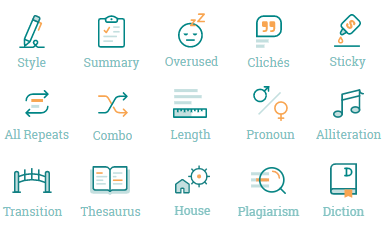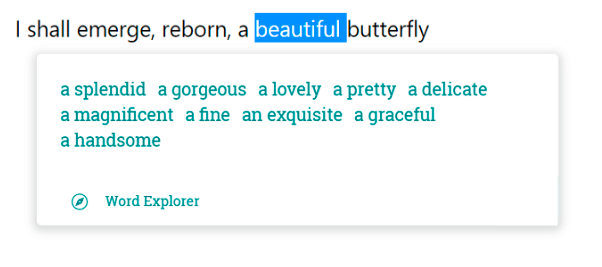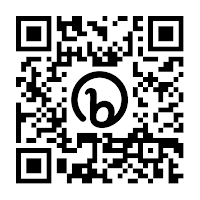Dialogue
tags are words like "said" and "asked" that show the reader who is
doing the talking. The problem is that dialogue tags also distract from
the dialogue itself, especially if they are nonstandard dialogue tags
like "shouted," "whispered," "repeated," "ventured," and more. Instead
of using dialogue tags to tell the emotions of the character, you should
show their emotions through their actions and dialogue.
Showing emotions makes your writing more engaging. Take a look at
this chart we put together based on analysis of published fiction.
As you can see, published authors use "said" as their dialogue tag
over 60% of the time. The second most used is "asked" at just under 10%.
The other, nonstandard dialogue tags are used only used a small
proportion of the time. Because of this data, we recommend keeping your
use of dialogue tags other than "said" and "asked" to under 20% of your
dialogue tags.
How Nonstandard Dialogue Tags Distract Your Reader
Good writing shows the reader how characters feel rather than telling
the reader how the characters feel. When you "show" rather than "tell,"
you engage your reader more in your text because the reader gets to
make inferences and use their imagination more.
Consider the following examples:
Example 1
"You left me alone at the party," Jessica spat at her boyfriend.
"You were mad at me," Mark said as he looked as his phone.
Jessica yelled, "This is over!"
Example 2
Jessica glared at her boyfriend as he played on his phone. "You left me alone at that party."
"You were mad at me," Mark said without looking up.
Jessica stormed towards the door. "This is over."
The second example lets the reader connect more with the characters.
Instead of telling the reader exactly how the characters are feeling,
the writer lets their actions do the talking. As a reader, you get a
better sense of the characters as fully developed beings.
Common Questions about Nonstandard Dialogue Tags
Learn more about Dialogue:
Your Personal Writing Coach
A grammar guru, style editor, and writing mentor in one package.
Try for free today


























